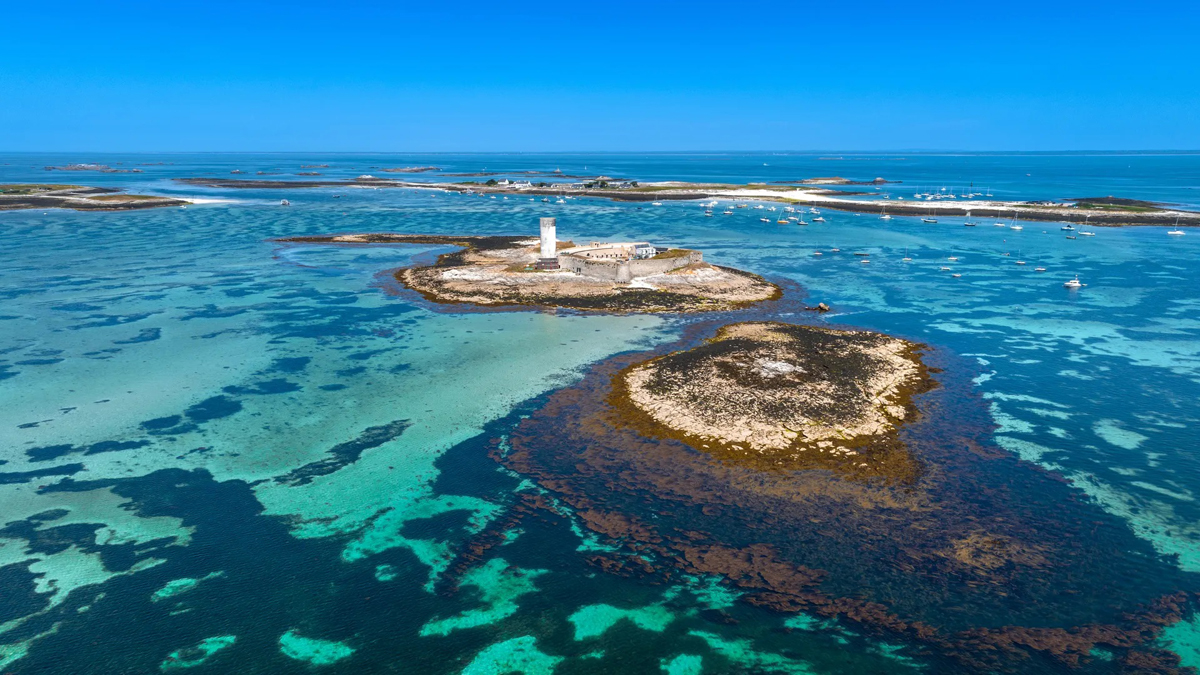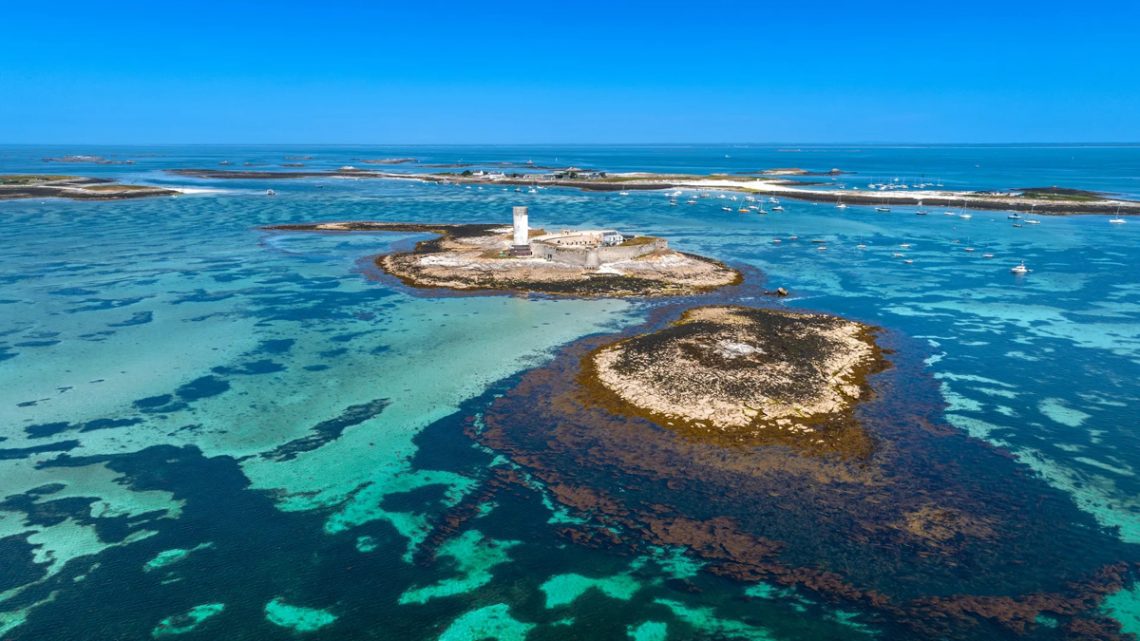
Sailing along the coasts of Brittany, a land of sailors surrounded by the ocean
Brittany, with its jagged coastline, wave-battered granite cliffs, wind-swept islands and islets, is a concentration of harbors and small ports, fishing villages, shipyards, ancient lighthouses, sailing schools, boatyards, and naval design studios. It’s no coincidence that Brittany is the most maritime region of France and home to some of the most important nautical hubs in Europe. This alone makes it a highly desirable destination for passionate sailors. But there’s also the allure of a land forever linked to the sea and its traditions.
La Trinité-sur-Mer offers a splendid starting point for a week-long sailing cruise along this magnificent and evocative coastline. Setting sail from this charming port town, the route winds through breathtaking coastal landscapes and historic ports. Heading west, you encounter the wild beauty of Belle-Île-en-Mer, where towering cliffs meet the sea. Continuing along the coast, you’ll discover the enchanting port towns of Lorient and Concarneau, each offering a unique blend of maritime history and modern charm.
Venturing south, you can explore the calm waters of the Bay of Quiberon. Finally, you return to La Trinité-sur-Mer, embraced by the warmth of Breton hospitality and carrying memories of a week spent navigating the enchanting waters of Brittany.
Discover the best boat rental deals in Brittany
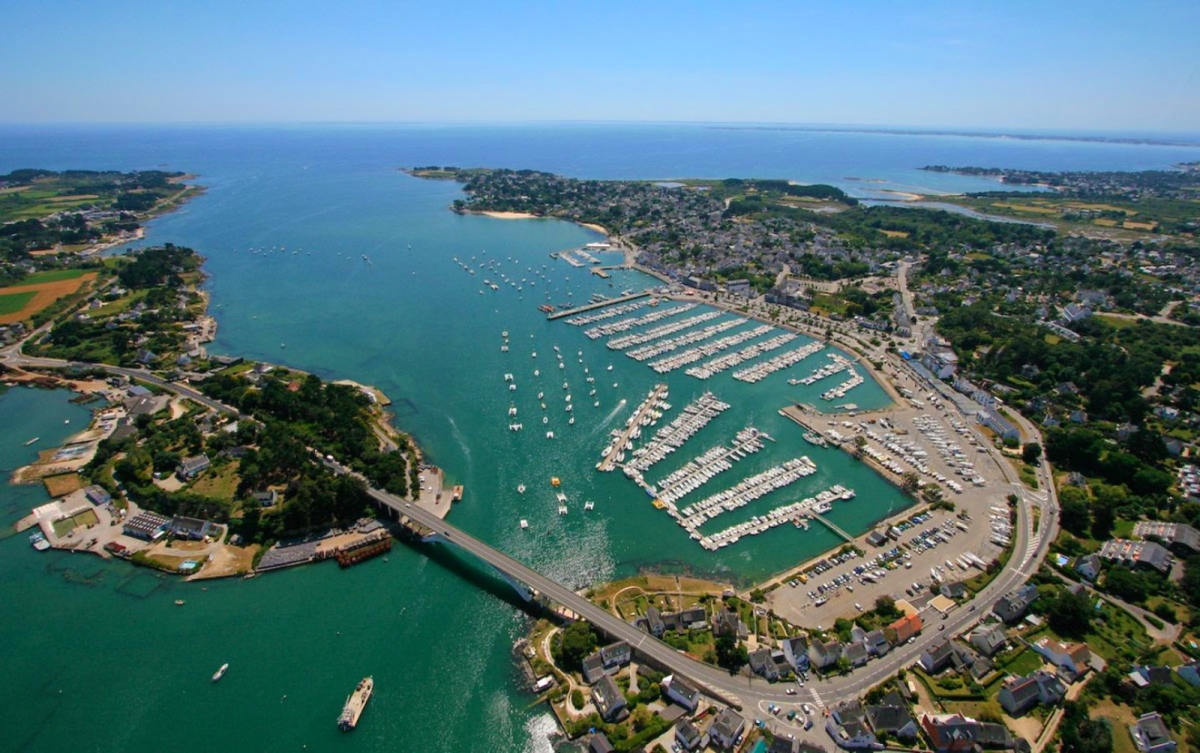
Day 1: La Trinité-sur-Mer – Quiberon, 8 nautical miles
Our boarding base is La Trinité-sur-Mer, whose harbor, always full of boats, is one of Brittany’s main nautical hubs. It is world-famous for the start of ocean regattas and for legendary sailors such as Éric Tabarly, Olivier de Kersauson, Eugène Riguidel, and Loïc Caradec. Even today, many top professional sailors, like Francis Joyon, Yann Guichard, and Erwan Le Roux, consider it their home port. The old harbor and its fish market are worth a visit, as is the village with its narrow streets and old fishermen’s houses.
Once check-in is complete and after a stroll through the town, set sail southwest toward the beautiful Quiberon Peninsula. Sailing through the famous Gulf of Morbihan offers enchanting views of Brittany’s coastline and fishing villages. Upon reaching Quiberon, after about an hour and a half of sailing, you can drop anchor in one of its sheltered bays or dock in the welcoming marina. From here, charming streets with taverns and eateries await, serving fresh seafood. Quiberon also offers a wide range of water sports, from fishing to kitesurfing, but the peninsula is particularly popular among surfers. For an overnight stay at anchor, a good option is Kermorvan Beach, which provides excellent protection from eastern winds and features a sandy bottom.
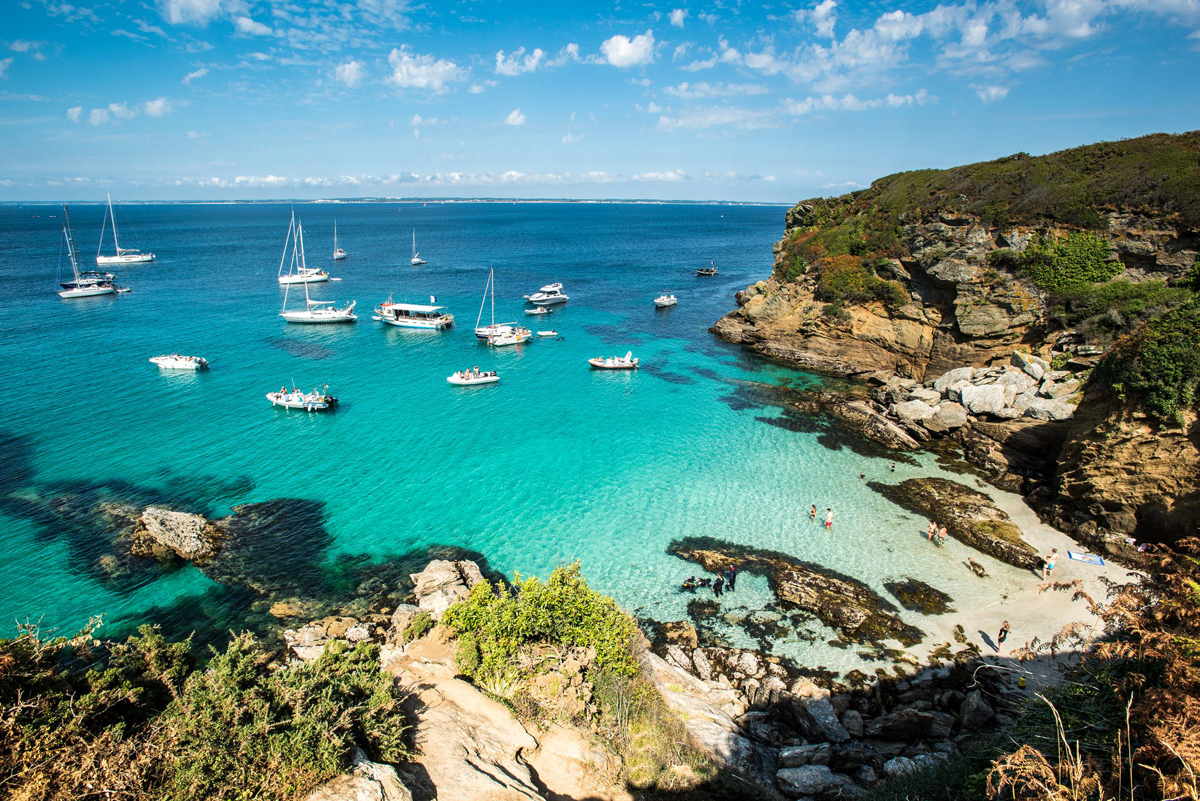
Day 2: Quiberon – Groix, 25 nautical miles
On the second day, you set sail from Quiberon and continue southwest toward Groix. Once you reach the island, after about four hours, you can drop anchor in one of its sheltered bays or dock at the port of Port-Tudy. At the beginning of the 20th century, this was the leading tuna-fishing port in all of France, with a fleet of more than 200 boats. Tuna is so deep-rooted in the local culture that a metal sculpture of the fish even stands proudly on top of the church bell tower. The ecomuseum, housed in a former cannery, recounts the golden years of tuna fishing, including traditional activities, habitats, geology, and the local natural environment.
To the east of Groix you’ll find large, family-friendly beaches, while the western side is wilder. It’s well worth exploring the villages of Groix and tasting the local cuisine. Don’t miss a pleasant walk along the island’s scenic coast, immersing yourself in the tranquility of this idyllic island retreat. In the evening, you can also anchor at Pen Ganol, a well-protected spot offering a magical sunset. A visit to the “red sand beach” is one of the most memorable experiences for those exploring these coasts.

Day 3: Groix – Saint-Nicolas, 3 nautical miles
On the third day, you leave the enchanting island of Groix and sail around its coastline to the picturesque harbor of Saint-Nicolas, a true gem of Brittany. The harbor provides a peaceful refuge for sailors, protected by large breakwaters and surrounded by a welcoming atmosphere. Once you arrive, you can anchor inside the harbor, which sits in a very well-sheltered bay, making it the perfect place for a quiet night. The beach of Saint-Nicolas on the island of Groix is one of the few swimmable beaches on this western, more rugged and wave-exposed coast. The sand remains here thanks to the depth of the bay.
The port functions mainly as a boarding and shelter area for boats, but it is also a fantastic place for swimming: the waters are calm, the seabed is flat, and the beach remains peaceful, although seaweed can accumulate after storms. Note that at low tide, the beach becomes exposed across much of the bay. The village of Saint-Nicolas is a true oasis of peace, nestled between cliffs.
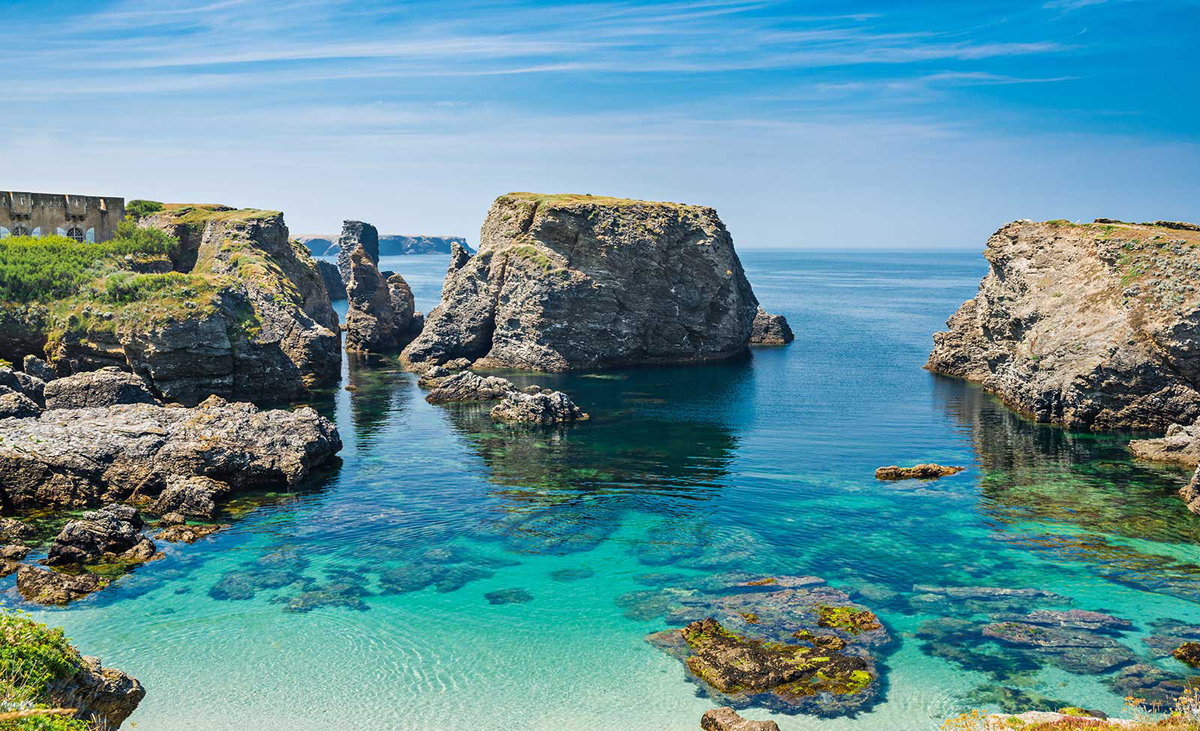
Day 4: Saint-Nicolas – Belle-Île-en-Mer, 20 nautical miles
On the fourth day of our cruise, you sail southwest toward the fascinating island of Belle-Île-en-Mer, the largest of the Breton islands and a magical place that will captivate you. Once you reach Belle-Île, you can anchor in one of its sheltered coves or dock in one of the island’s ports. The first option is the charming port of Palais. From here, don’t hesitate to rent a bicycle or a car to discover every detail of Belle-Île-en-Mer. Start with a stroll along the quays lined with colorful houses, continue through the town’s historic center, and then explore the Vauban citadel.
To the northwest lies Sauzon. This picturesque harbor is a must-see on the island. It is especially lovely in the evening when the waterfront comes alive with café terraces and delightful restaurants. From here, the famous Pointe des Poulains is just three kilometers away. This wild headland became famous thanks to actress Sarah Bernhardt, who settled here at the end of the 19th century. Her property, open to the public since 2007, can be visited. Take your time to explore the island’s stunning natural landscapes, its charming villages, and its delicious local cuisine.
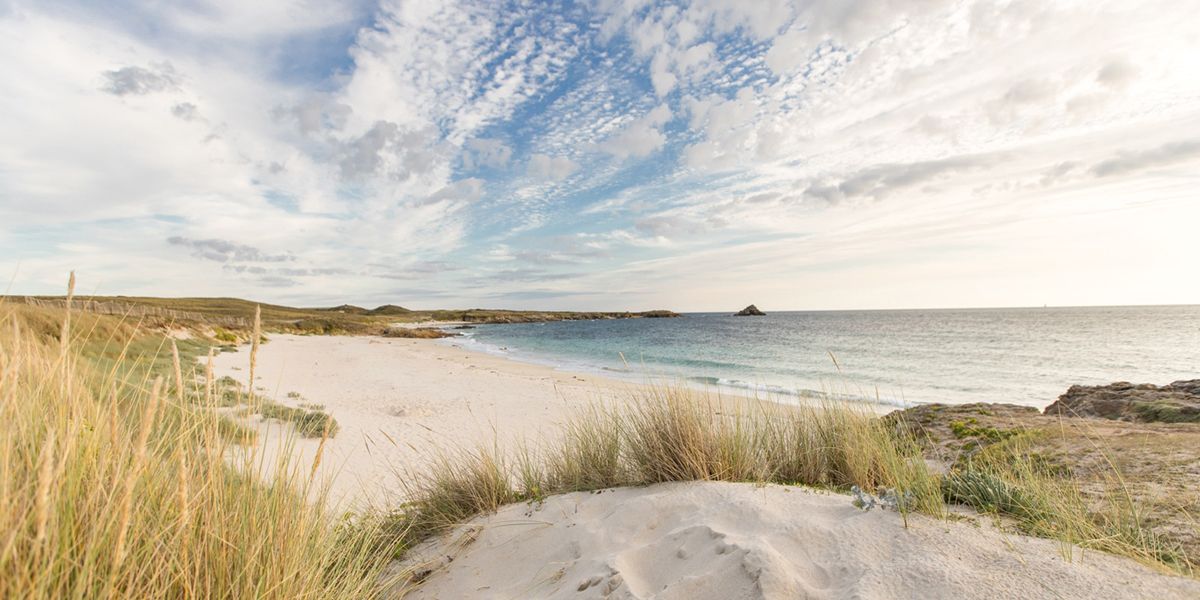
Day 5: Belle-Île-en-Mer – Hoëdic, 10 nautical miles
Leaving the shores of Belle-Île-en-Mer, your next destination is the island of Hoëdic, a place with a rich nautical and military history. Inhabited since the Mesolithic period, as evidenced by several burial pits discovered in the early 20th century, Hoëdic has long been contested by foreign powers such as Spain and England, and was the site of major battles like the famous Battle of the Cardinals in 1759 during the Seven Years’ War. Today, the island is a renowned tourist destination thanks to its beaches and its remarkable architectural heritage. Once you arrive, you can drop anchor in one of the island’s sheltered bays or dock at the port. Hoëdic welcomes you with its idyllic beaches, such as Plage de la Grande Plage and Plage du Tévennec.
Fort d’Hoëdic is well worth a visit — a historic fortress dating back to the 18th century, offering breathtaking panoramic views of the surrounding islands and coastline, and hosting a small museum on Hoëdic’s history, culture, and heritage. Also notable is the historic monument Fort Louis-Philippe, located in the center of the island and built in the mid-19th century.
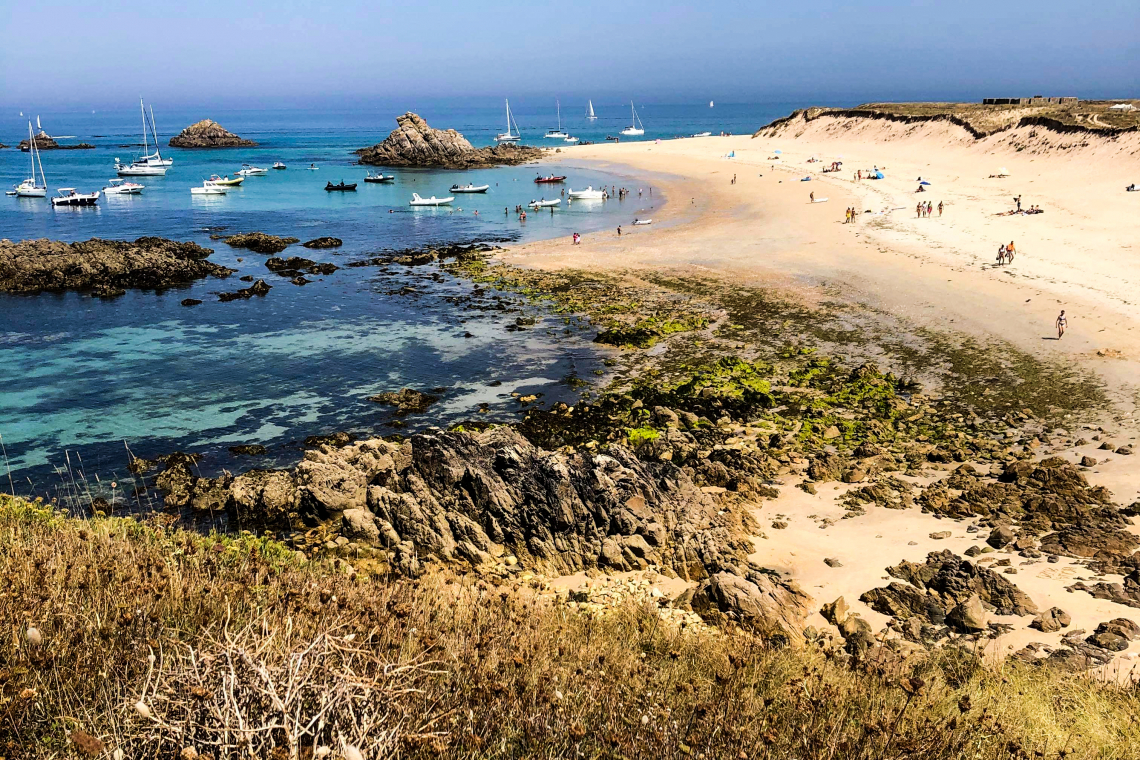
Day 6: Hoëdic – Houat, 7 nautical miles
Departing from Hoëdic, the route heads toward Portz Chudell on the nearby island of Houat, another destination offering breathtaking landscapes and a relaxed, picturesque atmosphere. The island has a long, narrow, and sinuous shape, and along its coasts, washed by clear turquoise waters, golden sandy bays alternate with cliffs that highlight the island’s strong and wild character. Only about 250 inhabitants live here, mostly engaged in fishing.
The heart of the island beats in the port of Saint Gildas, especially when fishing boats return with their loads of lobsters, spider crabs, and other seafood. Houat’s charm can also be discovered by strolling through its narrow streets, where small shops, local cafés, and restaurants offer the chance to taste freshly caught seafood dishes.
Day 7: Houat – La Trinité-sur-Mer, 12 nautical miles
On the final day of our Brittany sailing adventure, you set sail from the tranquil shores of Houat and return to La Trinité-sur-Mer, where the journey began. The crossing takes about two hours — enough time to enjoy the last glimpses of these stunning ocean-facing coasts, with their rugged and peaceful islets, old wave-battered lighthouses, and a land, Brittany, where a deep maritime culture is still alive. The Breton character is closely tied to the ocean, reflecting a proud and resilient spirit — as a local proverb says, the Bretons are “born with the sea water around their heart.” Here, sailing is more than a sport; it is like a second skin for the people, an inseparable element of the landscape, and a way of life that shapes the rhythm of daily life.
Discover the best boat rental deals in Brittany
You May Also Like
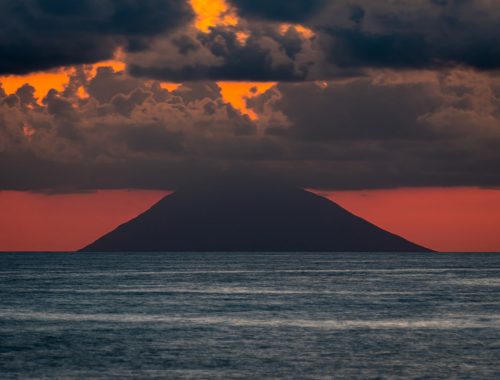
Aeolian Islands: a sailing cruise in the volcanic islands
26/10/2021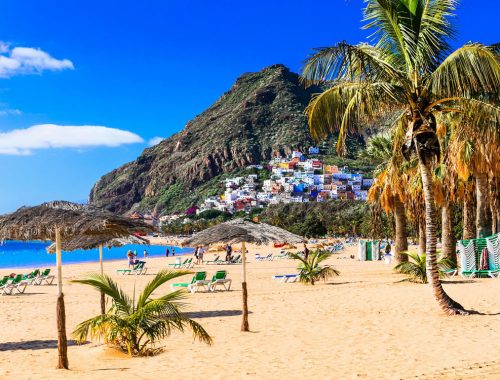
Sailing amidst the Canary Islands: exploring mythical havens where life flows blissfully
30/11/2023



